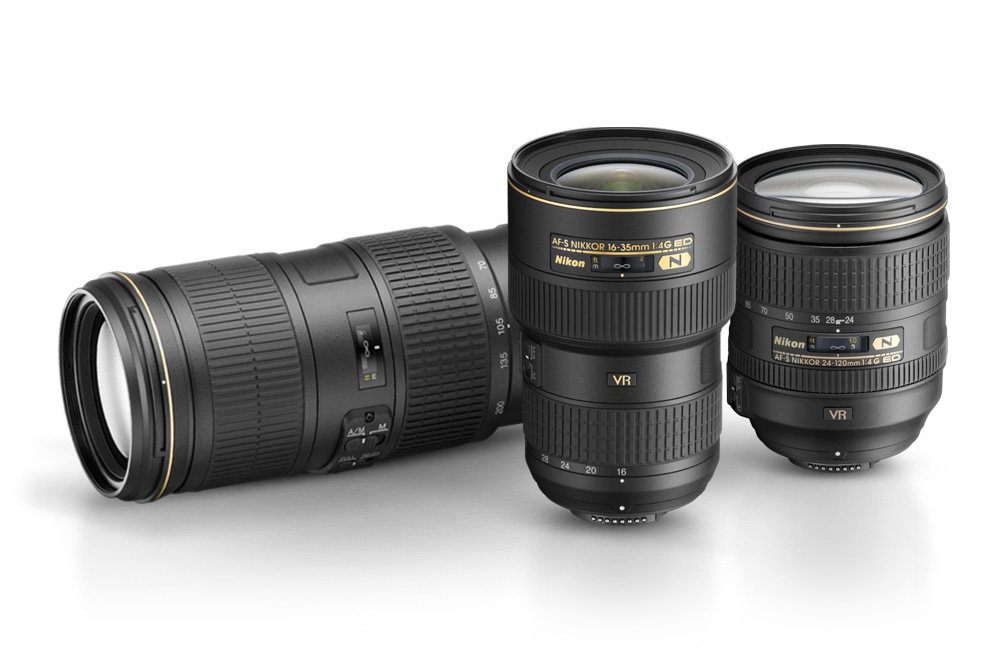
A 200-300mm lens might be enough for you. If you usually photograph big animals like mammals or birds of prey, you may not need a super long lens. The size of your typical subject will affect which lens you choose.

Are you going to shoot tiny elusive birds in your backyard, or are you going to photograph bears in Alaska? Will you ever travel to Kenya to photograph the elephants? These are all “wildlife photography” situations, but they are obviously very different from each other. I want to start by talking about which focal length you should go for (and which one will be ideal for you), since I’m 100% sure that for a beginner who is just approaching wildlife photography, buying a dedicated lens will probably be one of the most intricate topics.įirst of all, you should define a little better what “wildlife photography” means for you. Let's “dive” together into all of the variables that you should consider during your lens selection process, from the focal length to the aperture, as well as AF speed and image stabilisation.Īperture is one of the biggest things to be aware of when choosing a lens for wildlife photography. Photo by: 'Leonardo Papèra'.

How to Choose the Best Lens for Wildlife Photography


 0 kommentar(er)
0 kommentar(er)
